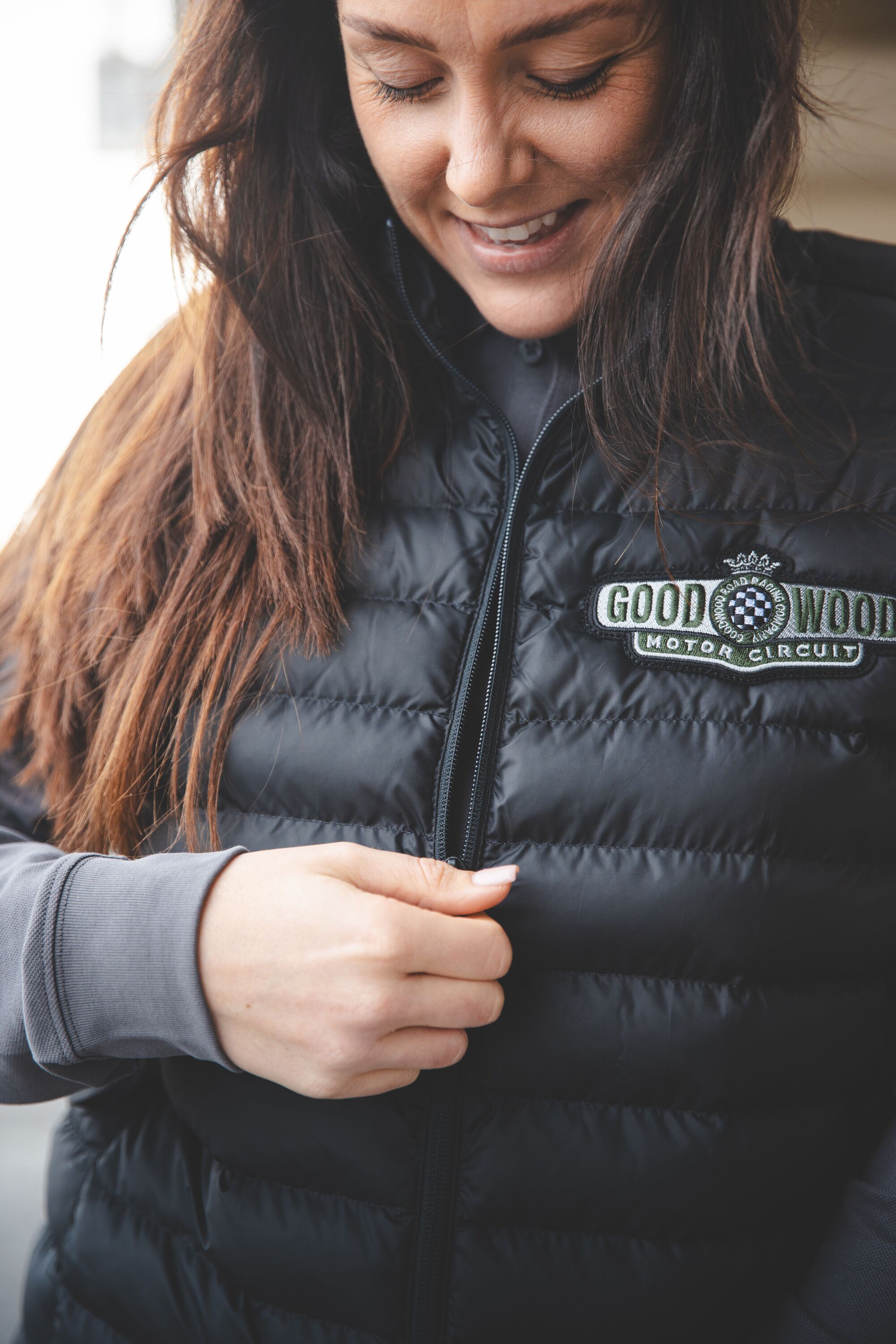Axon’s Automotive Anorak: Daytime running lights are making us forgetful
Although the winter solstice is now thankfully some way behind us, with the late afternoons now becoming noticeably lighter earlier, most of us are currently still spending more of our time driving in the dark than in daylight. Driving quite a few miles myself on the murky British winter roads, I am astonished (and alarmed) just how many vehicles either have defective lighting, or increasingly, defective drivers that fail to switch their lights on at all, or assume they are on!

Fifty years ago Swedish safety pioneers Saab addressed this issue by introducing daylight running lights (DRL) and fitted them as standard to its latest model - the innovative 99.
As well as being equipped with the world’s first DRLs, the Saab 99 was also equipped with another great innovation to aid visibility in the dark, a headlamp wash/wipe system, which briefly went on to become a legal requirement for all new cars sold in Scandinavia.

The Saab’s DRL was a switchable system, with the default (a fuse) set to standard for the more northerly darker markets such as the Nordic region and Canada, but with the 99 buyer able to opt having the fuse installed or removed in other countries, including the UK. For the many Saabs I drove over many years, I always popped the DRL fuse in for safety’s sake, and got used to passersby telling me I had my side lights on whilst waiting at pedestrian crossings!

When the square-cut Volvo 140-Series was facelifted to become the 200-Series in 1974, Volvo made a big play of it latest models being equipped with DRL as standard, despite being six years behind its Swedish rival with the feature. By then, even British Leyland had caught on to a vehicle lighting innovation with automatic headlamps for the Triumph Dolomite in late 1971.
Automatically illuminating lights that sense outside light and turn the exterior lights on and off depending on lighting conditions was a clever feature first seen on a handful of General Motors’ Buick and Cadillac models as early as 1960, and marketed as ‘Twilight Sentinel.’ Ford soon offered its own version of GM’s Twilight Sentinel on its range-topping Lincoln models, called ‘AutoLamp.’
It has taken the mainstream motor industry almost half-a-century to follow Saab’s lead with DRLs. This useful safety system became a legal requirement, with DRLs being fitted to the front of all new EU-registered cars and small commercial vehicles since 2011. This should be great news. However…

A recent RAC Opinion Panel survey of over 2,000 motorists found that 62 per cent of drivers said they have seen other cars and vans driving in dull, overcast conditions, and/or at night, without any rear lights on, while noting that they did have lights on at the front of the vehicle. I have lost count of the number of cars I’ve seen driving in poor light with no rear lamps illuminated; the driver seemingly blissfully unware that he or she cannot be seen from behind in the dark.
Responding to its research findings, the RAC comments that it is potentially very worrying as the results imply that many motorists are driving without any rear lights, believing that because they have running lights that switch on automatically at the front, they are also on at the rear.
Although some manufacturers logically choose to include DRLs both front and rear, as Saab did 50 years ago, astonishingly DRLs at the rear of a vehicle are not a compulsory requirement, this ridiculous oversight leading to an increasing number of rear-end shunts as the vehicle in front isn’t spotted until the last moment!

DRLs covering the front and rear should be standardised - and made a legal requirement - across all sectors of the automotive industry as soon as possible. Until this becomes law, though, every driver should take the personal responsibility to double-check his or her lights are working all around the vehicle, and motorists driving on front lights only should be reported and prosecuted.
As for me, sadly I currently don’t drive a Saab, but I do always ensure my lights are on and clean, making my car visible to all fellow road users and pedestrians when weather conditions and light deteriorate.
And as for the 99’s pioneering headlamp wash/wipe systems, like Saab itself, this sensible innovation has now been consigned to motoring history due to high production costs and complexity, as well as pedestrian impact safety legislation. High-pressure headlamp washers still remain available on a handful of cars, but without the liquid spray being wiped, they don’t clean the lights very effectively. So much for progress, hey!
Axon's Automotive Anorak
Saab
Volvo
































































